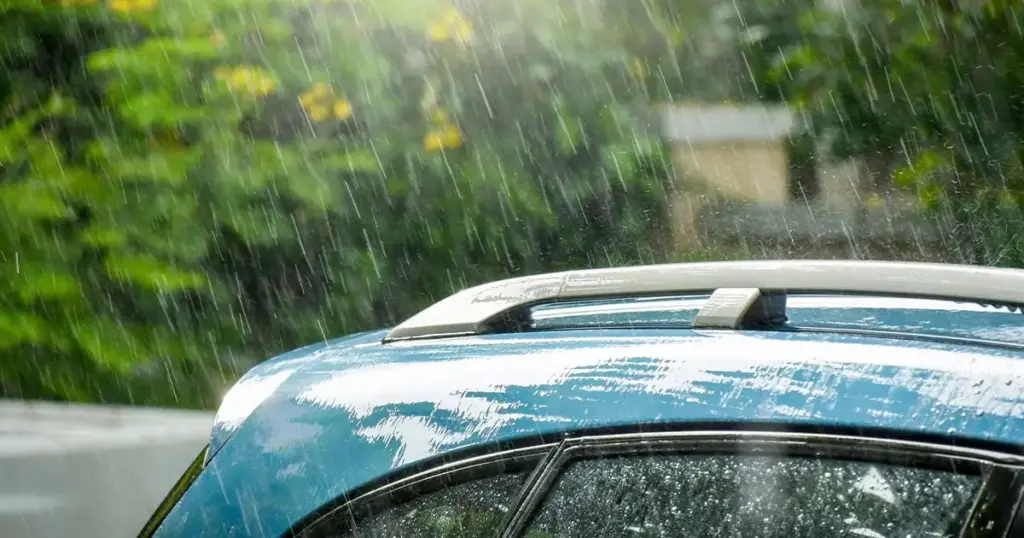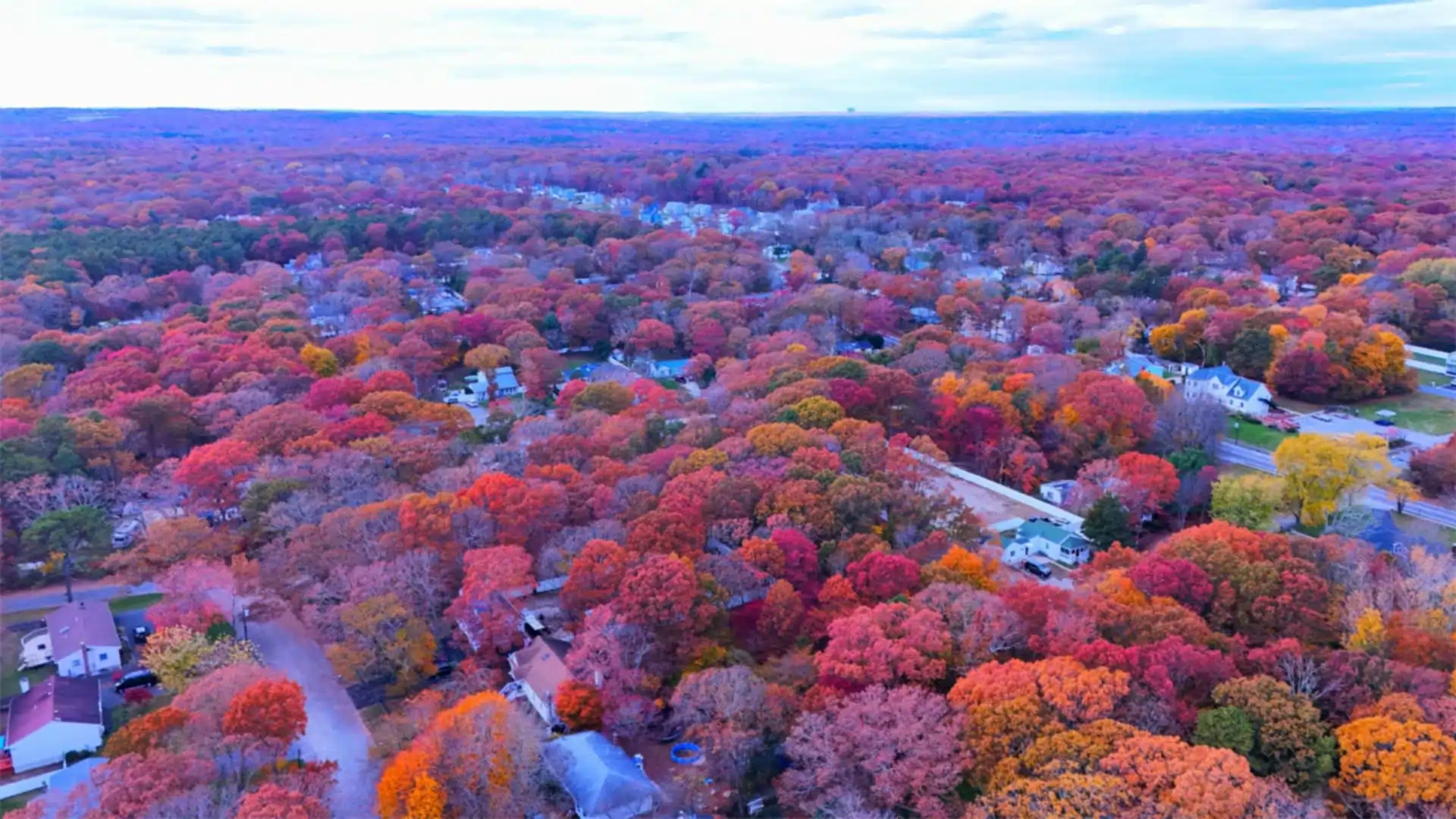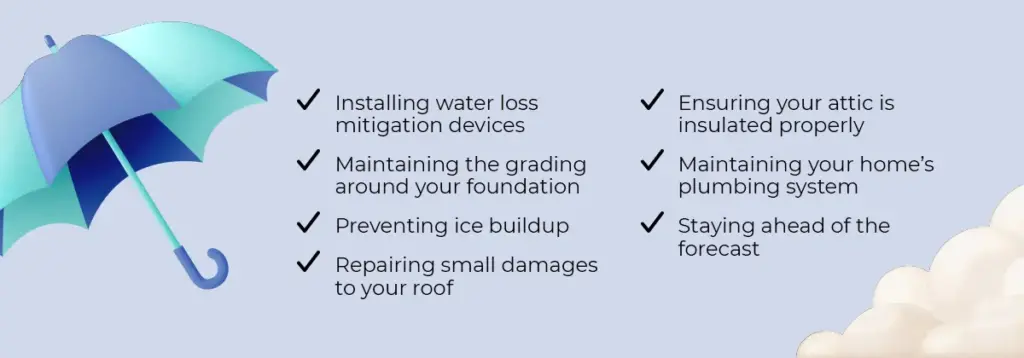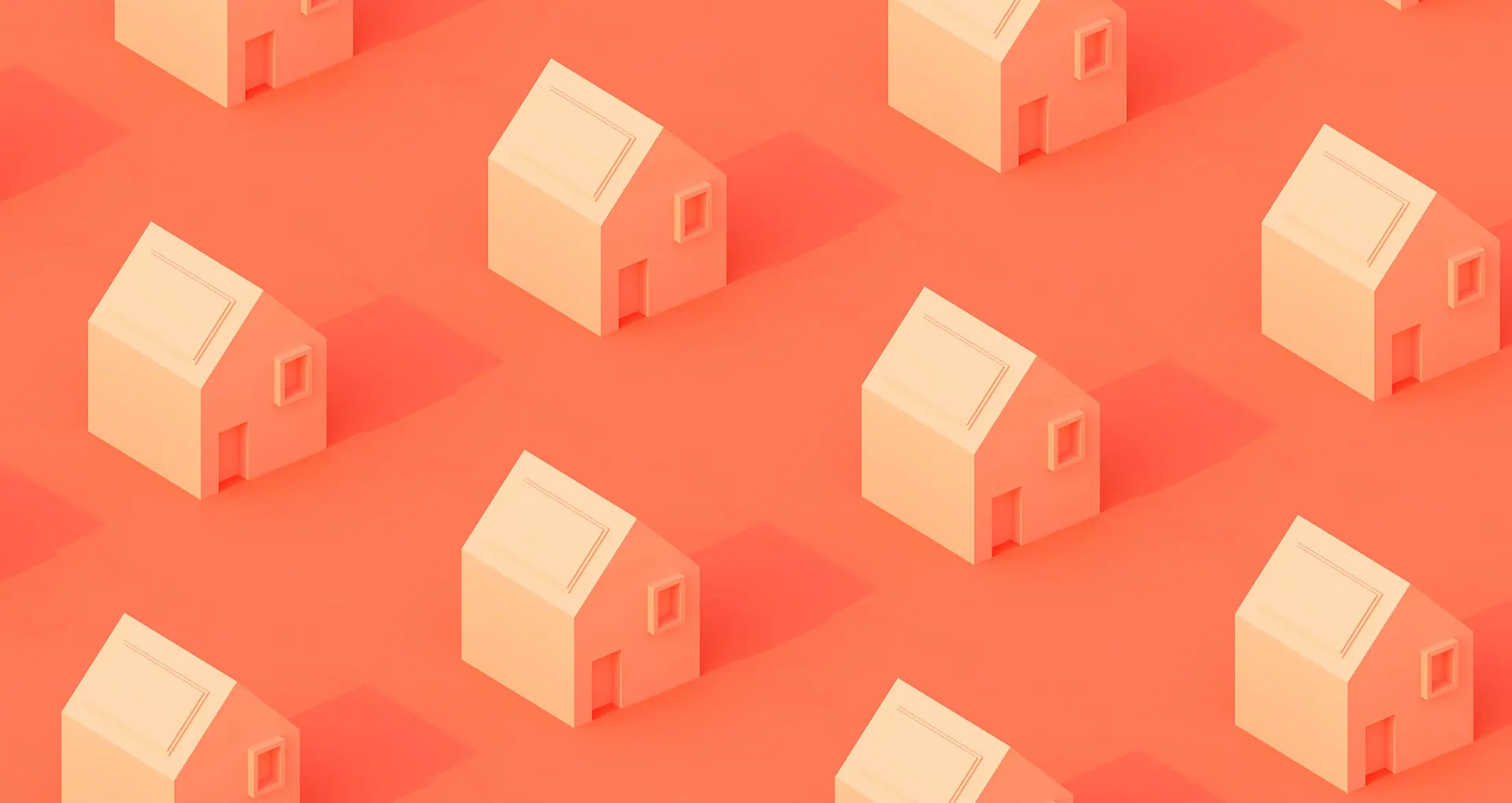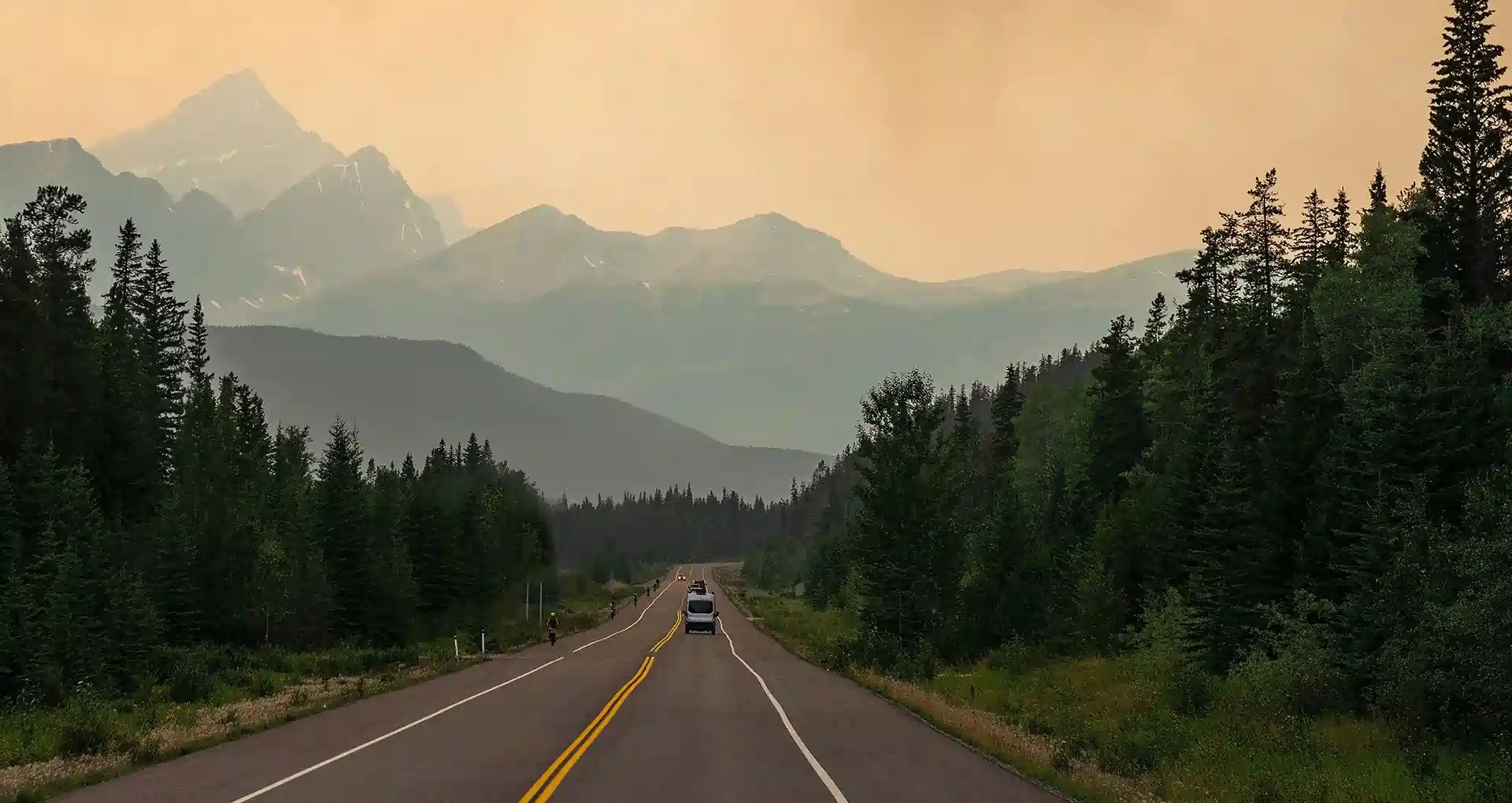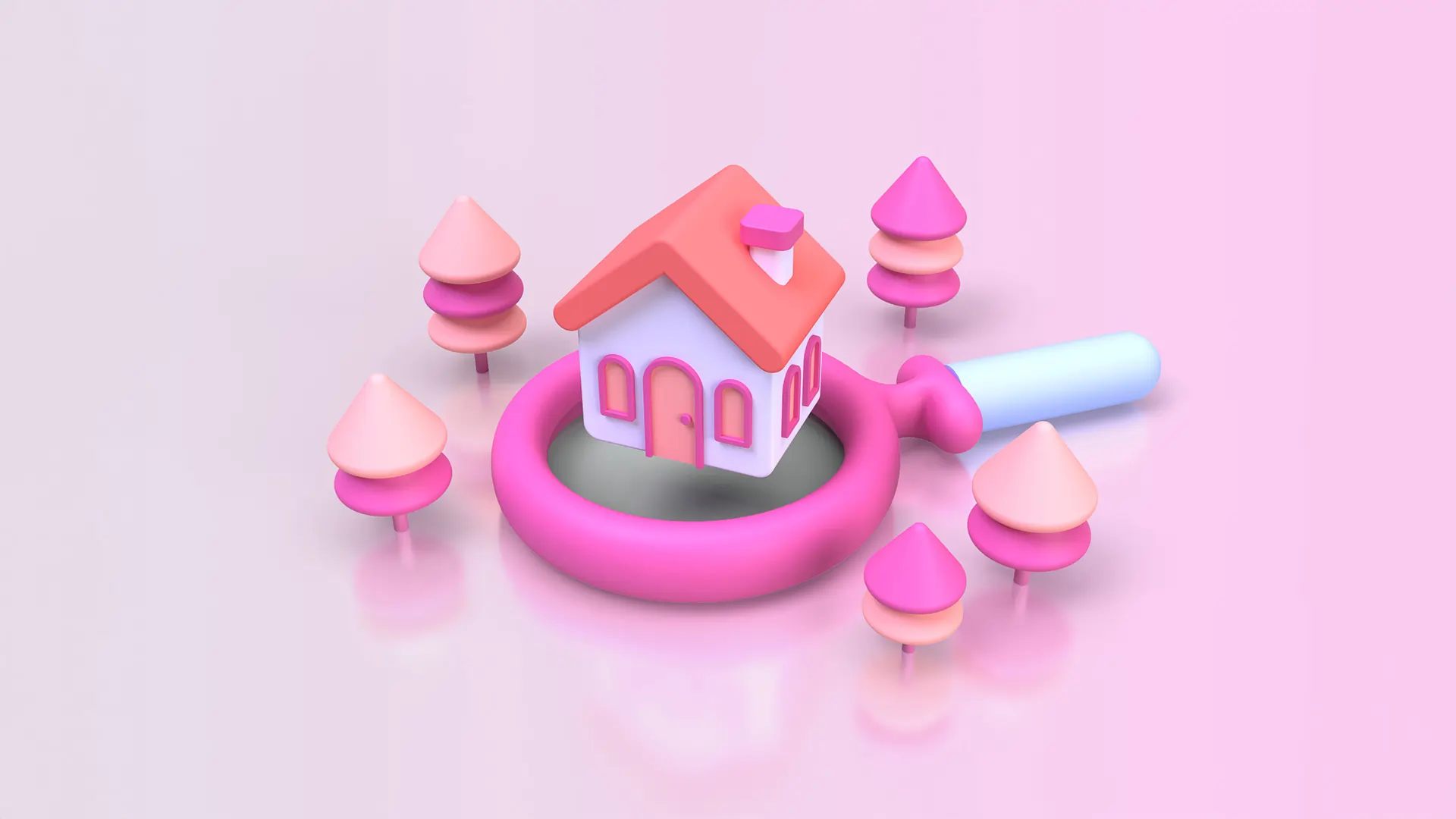Does home insurance cover hotel stay?
August 05, 2024
Even though your home insurance won’t foot the bill for that fun spring break trip to the Mariott, it’s a lifesaver when unexpected disasters strike. Think of it like a safety net – if something happens to your home and you can’t stay there, your insurance steps in to cover temporary living expenses until you can return home.
Here’s how that works.
What is additional living expenses (ALE) coverage?
Additional living expenses coverage, or ALE for short, is typically included in most home, tenant and condo insurance policies. If something happens to your home – like a fire or it’s damaged by a major storm – and you can’t live there, ALE kicks in to help cover the extra costs of living elsewhere until your place is fixed up.
Things that ALE covers include:

- Accommodation bills, including hotel, Airbnb, motel, etc.
- Relocation costs
- Meals at restaurants and takeaway
- Laundry
- Travel expenses and increased mileage
- Temporary storage
ALE only covers additional expenses beyond what you would typically be paying during the period when your home is unlivable, so things like your mortgage, rent, etc., won’t be covered, since you would be paying those anyway. Anything on top of what’s “ordinary” and is deemed necessary is covered, so no five-star restaurants or luxury hotels.
If you rent out a part of your home, like your basement, ALE can also cover fair rental value, i.e., the rental income you would lose if your tenant must move out of the uninhabitable unit.
Coverage limits for ALE
Like every part of your home, tenant or condo insurance, your ALE coverage has limits. With home insurance specifically, ALE coverage limits are between 20-30% of your total home replacement cost. For example, if your replacement cost was $450,000, then your ALE limit would be between $90,000 and $135,000. For an additional premium, you can elect to increase your limits. Keep in mind that this includes all temporary living expenses incurred after an insured loss, including accommodation, food costs, laundry, etc., and they’re all lumped under one limit.
For tenant insurance, however, ALE limits can vary. Since there is no property replacement value, your ALE coverage limit may be a specific dollar amount or a percentage of your total coverage limit for personal property. Ask your insurance broker to be sure.
When will my home insurance not cover a hotel or motel stay?
If your hotel stay is unrelated to an insured loss, or you’ve elected to stay at a five-star resort, it won’t be covered by your home, tenant or condo insurance. If you’ve chosen to stay with family or friends, then you won’t be covered for any unnecessary hotel expenses as well. Compensation may work a little differently if you choose to stay with someone else versus finding your own temporary accommodation. You may be given a daily billeting rate, or a monthly rate for a longer-term stay.
ALE also won’t cover things like restaurants and takeout if you’re able to cook at whatever temporary residence you’re staying at, mortgage payments, property taxes, standard bills like credit card, phone, gym, etc. . It also won’t usually cover a temporary residence being rented that’s larger than your existing home. ALE is designed to ensure you can maintain your existing standard of living, not to improve upon what you already have. ALE coverage ends as soon as your home is livable again.
How do you file an ALE claim for a hotel stay?
Filing a claim with your home insurance company can involve multiple different parts. Your ALE claim is separate from your property loss, so it will work and cash out differently depending on your insurance company. Many insurers will have you send them receipts for your purchases and allow this to accumulate with time before they pay out a lump sum. Others will set a defined period wherein they pay for expenses.
If you’re worried about costs because you can’t stay at home, you might be able to speed up getting help with your living expenses. Your insurance company can give you some of that money early, but they’ll take it out of what they owe you later. Just talk to your broker or insurer about how to do this.
Looking for home insurance or have questions about your existing policy and what coverage it includes? Give us a call today. Our team of insurance brokers is always happy to help.
Looking for home insurance?
Speak with a Mitch Insurance broker today to get a quote on home insurance in Ontario.
Call now
1-800-731-2228








